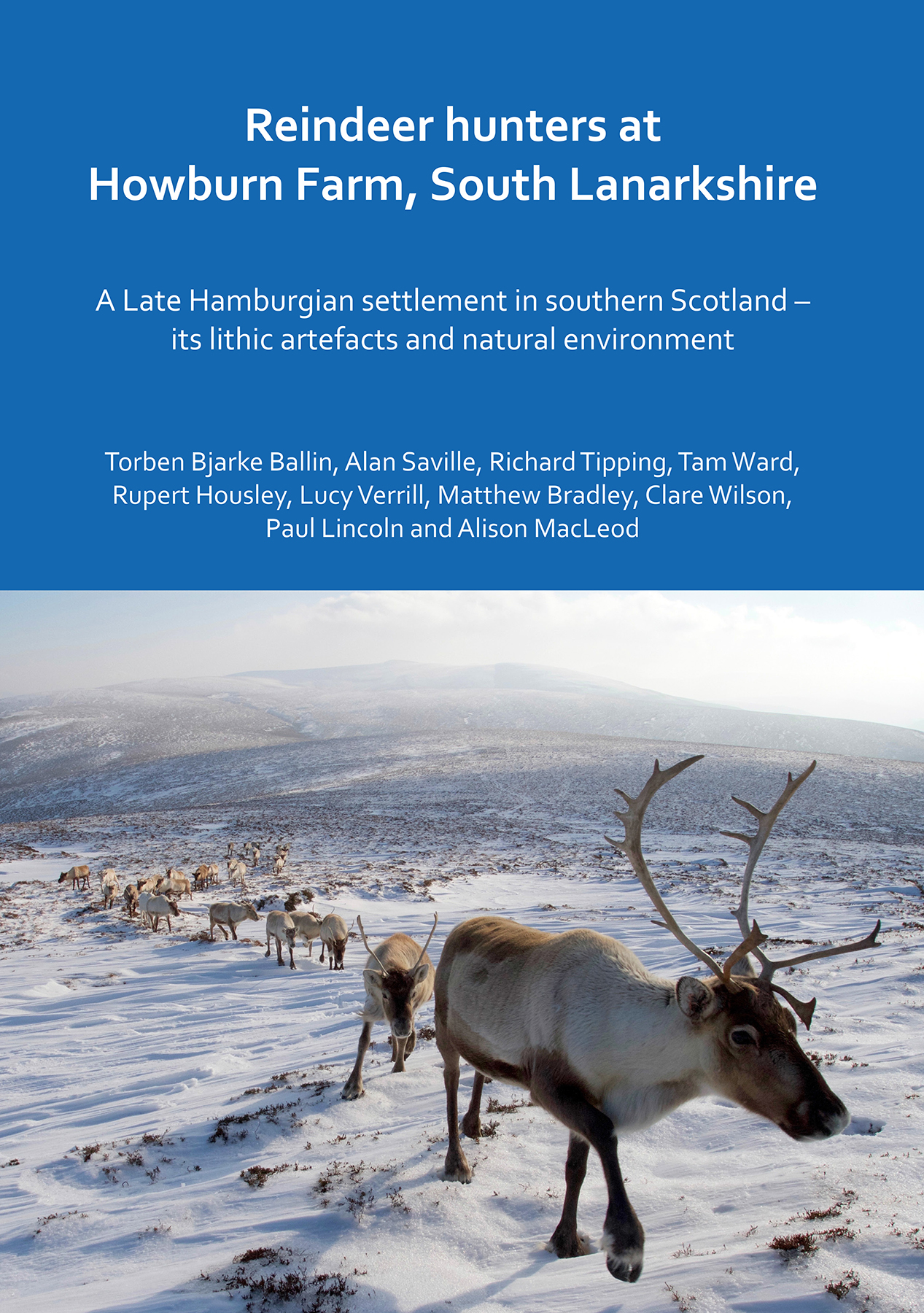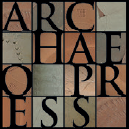
Publishing Scholarly Archaeology since 1997

Download Sample PDF
H 290 x W 205 mm
144 pages
47 illustrations, 25 tables (13 plates in colour)
Published Jul 2018
ISBN
Hardback: 9781784919016
Digital: 9781784919023
Keywords
Britain; Scotland; Doggerland; Late Upper Palaeolithic; Late Glacial; recolonization; Hamburgian; Federmesser-Gruppen; flint; chert; lithic assemblages
Reindeer hunters at Howburn Farm, South Lanarkshire
A Late Hamburgian settlement in southern Scotland – its lithic artefacts and natural environment
This volume presents the lithic assemblage from Howburn in South Lanarkshire, Scotland, at present the oldest prehistoric settlement in Scotland (12,700-12,000 BC), and the only Hamburgian settlement in Britain. The book focuses on the Hamburgian finds, which are mainly based on the exploitation of flint from Doggerland.
Contents
Preface ;
Introduction ;
Characterization of the Assemblage ;
Late Upper Palaeolithic Technological Approaches ;
On-site Distribution and Activity Patterns ;
Dating ;
The Palaeo-environmental Context of the Site ;
Discussion ;
Future Perspectives ;
Bibliography
About the Author
After having worked as a specialist and Project Manager in Denmark, the Faroe Islands and Norway, Torben Ballin relocated to Scotland in 1998. Since that year, he has worked as an independent lithics specialist in Scotland, England, Northern Ireland and Ireland, and he is an Honorary Fellow at the University of Bradford. Torben’s special interests have been lithic terminology and typology, lithic technology, chronological frameworks, raw material studies, intra-site spatial analyses, prehistoric territories and exchange networks, and – not least – Scotland’s Late Upper Palaeolithic (LUP) and Early Mesolithic industries. While still active in Denmark, he briefly worked with Jørgen Holm at the Hamburgian/Federmesser-Gruppen site of Slotseng in Southern Jutland, and one of his academic theses was on the refitting and spatial analysis of the LUP Brommian settlement of Højgård on Zealand. While in Norway, he led the Farsund Project and the Oslofjord Crossing Project, where he analysed a large number of Norwegian Early, Middle and Late Mesolithic sites and assemblages. Since 1998, Torben has dealt with numerous Mesolithic sites and assemblages from all parts of Scotland, and lately he has focused on the discovery of Scottish LUP sites, assemblages, and individual finds and, with the late Alan Saville of National Museums Scotland he published the Federmesser-Gruppen site of Kilmelfort Cave, Argyll; with Hein Bjerck, University of Trondheim, the unique LUP Fosna-Hensbacka point from Brodgar on Orkney; and with Headland Archaeology Ltd. the LUP site of Milltimber, Aberdeenshire. Torben has recently published a number of papers in which he discussed how to recognize individual LUP finds and assemblages on the basis of their technological attributes, when no diagnostic types are present.The following co-authors took part in the production of the Howburn monograph:
The late Alan Saville, National Museums Scotland; Richard Tipping, University of Stirling; Tam Ward, Biggar Archaeology Group; Rupert Housley, Royal Holloway, University of London; Lucy Verrill, University of Stirling; Matthew Bradley, University of Stirling; Clare Wilson, University of Stirling; Paul Lincoln, University of Portsmouth; and Alison MacLeod, University of Reading.
Reviews
‘This fascinating volume focuses on a Scottish settlement site that has its origins in the Late Upper Palaeolithic (LUP), inhabited at a time when the glaciers in northern Europe were in retreat. The book presents the results of a large excavation where a considerable lithic assemblage was recovered… This book is an important contribution for understanding the economics of Late Upper Palaeolithic reindeer hunters.’ – George Nash (2018): Current Archaeology

 Add to wishlist
Add to wishlist
